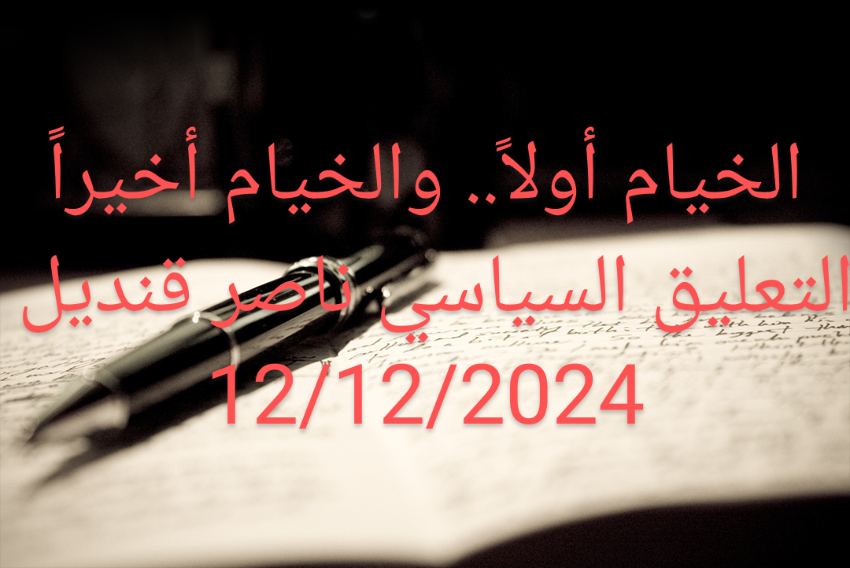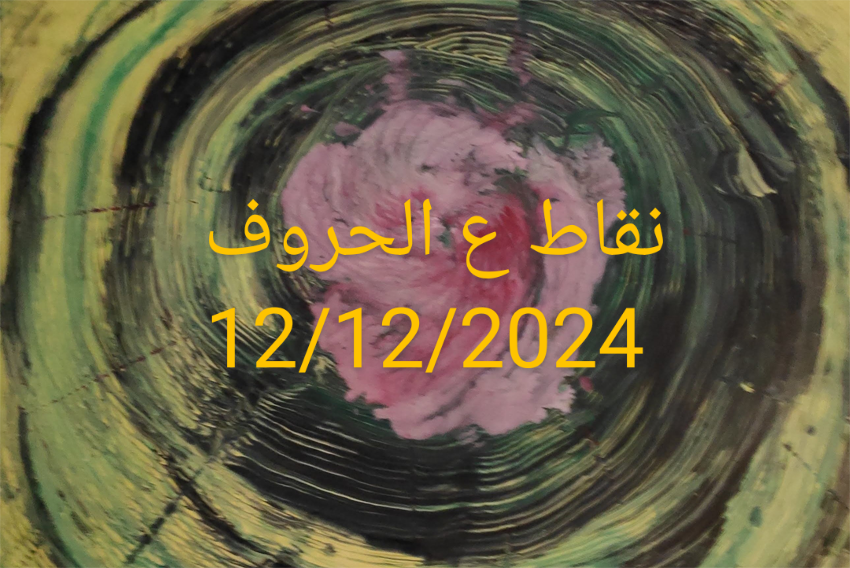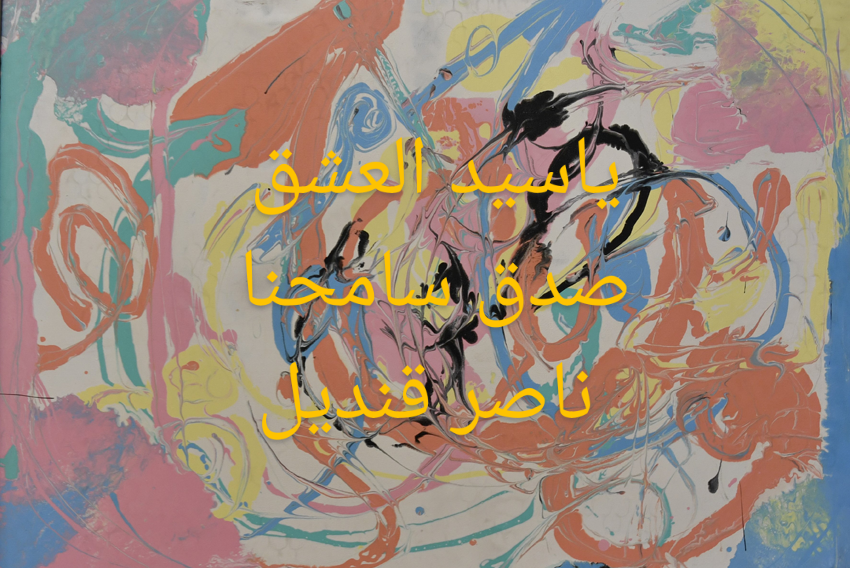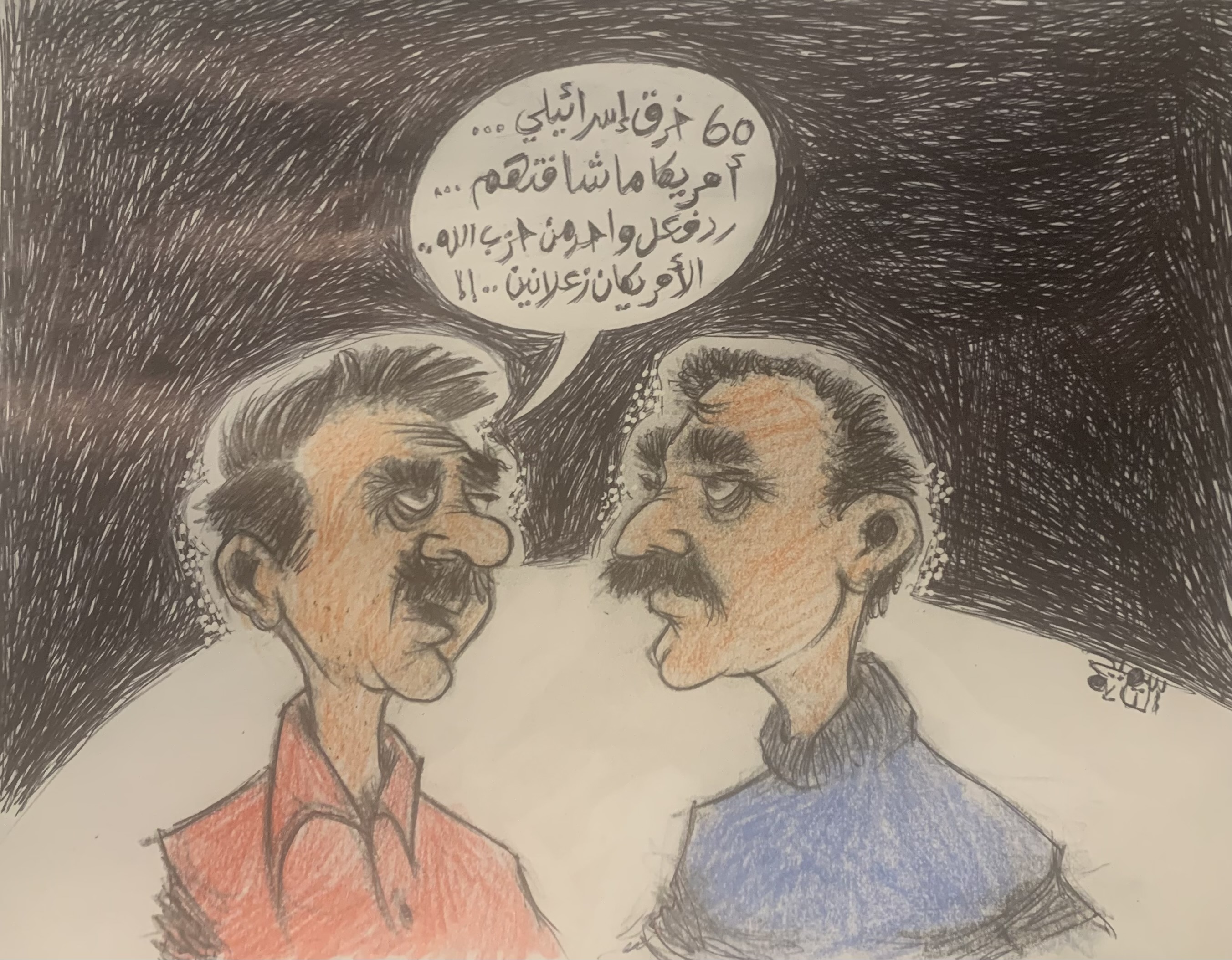
Written by Nasser Kandil,
The Iranian Foreign Minister Mohammed JayadZarif has spent the first ten years of the Islamic Revolution 1978-1988 in the United States of America studying in its universities; he obtained a B.A. in 1981 and M.A. in 1984 both in the international relations and a Ph.D. in international law and policy in 1988. His thesis was entitled "Self-Defense in International Law and Policy”. This thesis represents the essence of the Iranian diplomacy during his serving as an adviser and senior adviser to the Foreign Minister in 2013. He was a Deputy Foreign Minister in Legal and International affairs 1992 – 2002, then Iran's representative at the United Nations from 2002 to 2007.
The title of the philosopher of the Iranian diplomacy and its first prominent theorist appeared for the first time in Iran’s confrontations according to the philosophy of “Self-Defense in International Law and Policy” through the suggestions which he presented to the preparers of Baker-Hamilton report 2006. As an Ambassador of Iran to the United Nations, the American policy-makers during the great crisis wanted to listen to his notes about the reasons of the failure of the American policy in the invasion of Iraq and Afghanistan and how to get out of the swamp. Zarif ‘s impressions were present in the recommendations of the Commission which called for the recognition of the realities of history and geography, and the adaptation of the policy of engagement with the emerging powers including Iran instead of confronting them, as well as leaving the powers which become inactive and unbearable burden as the Israeli aggressive policies which their protection and supporting are the most prominent reasons for the hatred of the American policies in the Arab and Islamic worlds, and as the backward Gulf and Saudi policies which are far from politics in their scientific and contemporary meanings.
The rise of the name of Zarif was as aChief Nuclear Negotiator of Iranbetween 2014 and 2015. This has been culminated in his cracking laugh from the platform which was under press and TV cameras and which turned into a sign of the Iranian victory, it frustrated every attempt of media and propaganda to show Iran losing in the nuclear understanding in order to affect the morale of the Iranians and Iranian interior. There were commendations concerning the Iranian negotiator, his scientific and diplomatic skills, including setting straps and ambushes and opening exits, hidden messages, smoothness, calmness, and harmony. All of these impressions remind the writers of the west who analyzed his personality of the weaver of the Iranian carpets. Zarif’s political ideology has been crystallized in the school of Dr, Ali Sahriati who was a source of controversyto many Islamists, but he got a great appreciation by the Imam Al Khomeinei and Imam Ali Khamenaei.
In addition to patience, quickness, and relentless mastery, the carpet weaver is characterized with two features; careful symmetry and mastering the hidden stitch, these two features are the standard of the quality of the work and its craftsmanship. The professional weaver uses a silk thread and a fine stapler for his hidden stitch with the preservation of the symmetry in the paintings of the Iranian carpet. Therefore, those who observe the Iranian diplomacy under the leadership of Zarif will see many examples of the culture of this weaver who had a Ph.D. in Self-Defense in International Law and Policy; and his ability to link between the words of the master of the resistance and the position of Iran during his visit to Beirut, along with the confrontation to thwart Warsaw Conference where Europe is absent.
The west people talk about Zarif as a warrior wearing silk gloves, but the Iranian folk literature talks differently about a silk thread in the hands of the weaver as a weapon in confronting the thieves. It says that the winning in war is as the ability to slaughter with a silk thread.
Translated by Lina Shehadeh,
2019-02-26 | عدد القراءات 1754









